|
By Douglas Drake In 1839 Edward Bulwer-Lytton coined the phrase ‘the pen is mightier than the sword’, prior to that figures from Shakespeare to Thomas Jefferson expressed the same idea. All early acknowledgers of a shifting power base, from those with a capability for violence to those with a mastery of words. Gone are the days where problems can be solved by a slap with the glove and duel to the death. No single factor has caused this transition but undoubtedly the growing complexity of the world has played a big role. It is very hard to fight a way through a refugee crisis or a credit crunch. After all, George Osbourne is not snuggling up to the Chinese government because of the strength of the Red Army. It is because of their increasing political and corporate power. Throughout its ascendance the pen has been the realm and tool of politicians. Whether you like what they are saying or doing, the pen is their weapon of choice. But the power base is shifting. Capitalism is driving deregulation and a power transfer from governments to corporations. As the UK votes to reclaim sovereignty from the EU with one hand, it dishes power and influence out to big business with the other. The irony of the Brexit debate is that the negotiation of TTIP – backed strongly by David Cameron, which will transfer vast power from national governments to corporations – is likely to be a far more important long term issue and distributes wholly undemocratic power but gets no air time. The corporate take-over of the western world has been well document and, for better or worse, is hard to dispute. With it comes a stark difference, politicians (in theory) act on behalf of their electorate, corporations act to maximize shareholder value. As control moves from governments to corporations, the role of the consumer and their shopping trolley becomes more and more important. Rather than voting with a ballot paper, we increasingly vote with our consumption. But with power, comes responsibility and this is where it falls apart. A great disconnect exists between cause and effect. Everything we consume has a direct impact on the world around us. If we choose to consume cheap meat it is likely we are supporting animal cruelty. If we choose to eat vegetables grown by big agriculture using vast quantities of pesticides, it is likely we are incentivizing the destruction of bees and all the benefits they provide. A good illustration of how broken reality is occurred to me recently; between mouthfuls of Foie gras someone was telling me how much they ‘loved animals’.
Following a recent report, Prof Maarten Hajer, UN expert on food production and the environment, has called for governments to tax meat consumption because of the environmental damage the industry causes. The report shows 24% of greenhouses gases and a staggering 60% of species loss is driven by the industry. It is clear that meat consumption has far bigger implications than just the welfare of the animal eaten. The links are there and need to be made. Companies respond to consumption - if their goods are purchased they produce more. As the UK government continually steps back from every environmental policy it can, the power inevitably shifts to corporations. However, consumers can wield this power if they choose to. The real danger comes when our consumption is purely driven by price, or even worse inertia, and capitalism produces a ruthless race to the bottom, with environmental, humanitarian and societal interests given no protection and being torn to shreds. It is a double edged sword; our consumption can be hugely positive or hugely negative. Many people ask what difference one person can make, so decide they won’t bother to take an interest or change their consumption. The simple response is that if everyone takes this view, then the free-market model that the western world is currently flogging is in the long term a dead horse. As power bases change, so do the mechanisms for exercising power. The strength of consumers to wield power is increasing but until the cause and effect of our consumption is properly considered, the world is left in a perilous position, because sadly, you can’t have your Foie gras and be an animal lover.
0 Comments
Are we prioritising the aesthetic? By Asher CollinsEveryone loves a panda; it’s very hard not to. According to Simon Watt, a British evolutionary biologist, conservation charities may be biased towards a few of the most visually appealing animals and not focussing equally on the protection of some of “mother nature’s more aesthetically challenged children”. A study from the University of Kent backs up this finding -of the 1200 or so threatened mammalian species in the world only 80 are used by conservation NGOs (Non-Government Organisations) to raise funds, nearly all of which “can be described as large, furry, and cute” . It seems this desire to protect the animals we find aesthetically pleasing is hard wired into our brains. Janek Lobmaier, a psychologist at the University of Bern tells us “the reason we are so attracted to cute animals appears to be the same mechanism that drives us to protect our babies”. The mechanism Lobmaier is referring to is the brain’s reward system, a complex combination of chemicals and neural pathways that when triggered make us feel good. Typically, when we see a baby this system is triggered; neurones activate and chemicals such as dopamine and oxytocin are released into our brain. The positive feeling this produces makes us want to stick around and care for our offspring. Daniel Langleben from the University of Pennsylvania has observed how our brains react to cute pictures using an MRI scanner. The results showed that the ‘cuter’ the image the more our reward system is triggered and the more we want to care for the subject. It’s this system that can leave some animals left out despite a strong scientific case for prioritising their conservation. Take for example the Cape Vulture. This creature fulfils a vital role in its eco system; removing carrion and in so doing preventing the spread of disease to some of Africa’s larger more photogenic wildlife. Yet, despite its endangered status it receives very little conservation funding. Another case is the Aye-Aye, a type of lemur found in Madagascar. It helps protect the island’s forests by keeping the population of wood boring beetles in check, however, to put it kindly, its good looks take a while to appreciate. Again, the Aye-Aye is endangered but receives relatively little attention.
Ernest Small, an agricultural scientist from Canada, sums up the case for a more rational approach to conservation funding very nicely, “the things we find unattractive still have roles to play in nature. We need to learn to make our conservation decisions on scientific facts and statistics rather than visual cues. While some animals’ looks might not seem particularly attractive to us, the world would be a much uglier place without them". The story behind Kenya’s 105-tonne destruction of ivory. |
Farsight conservation
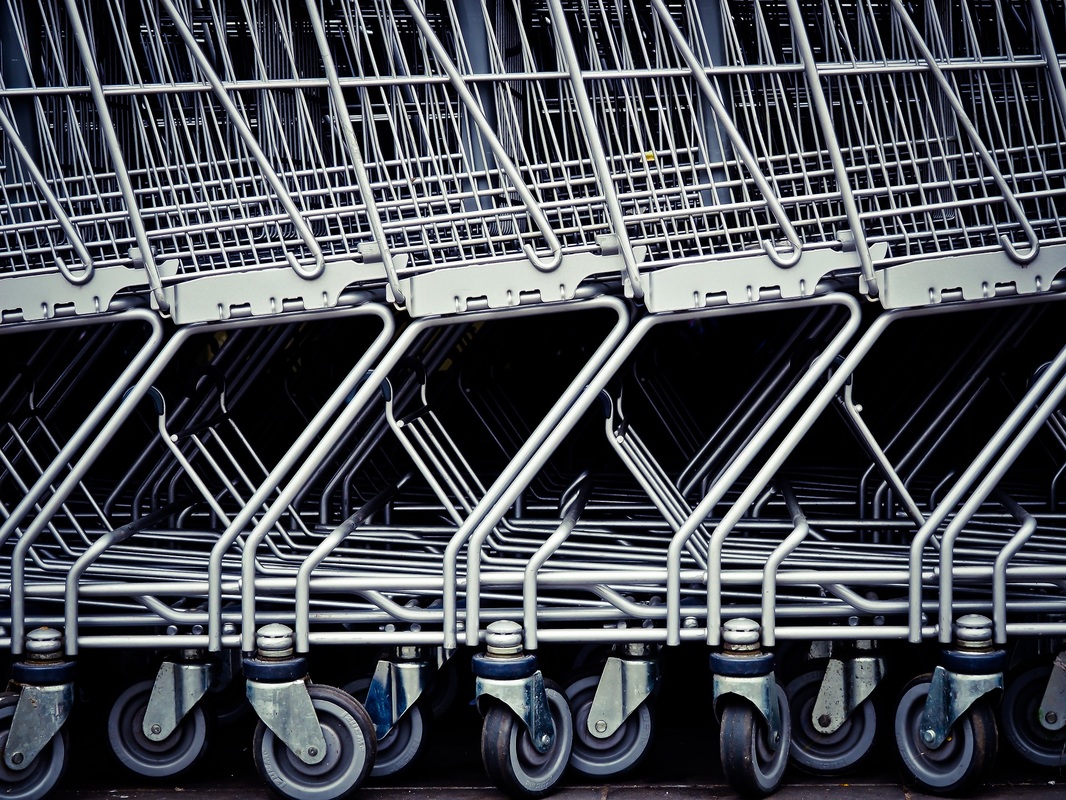
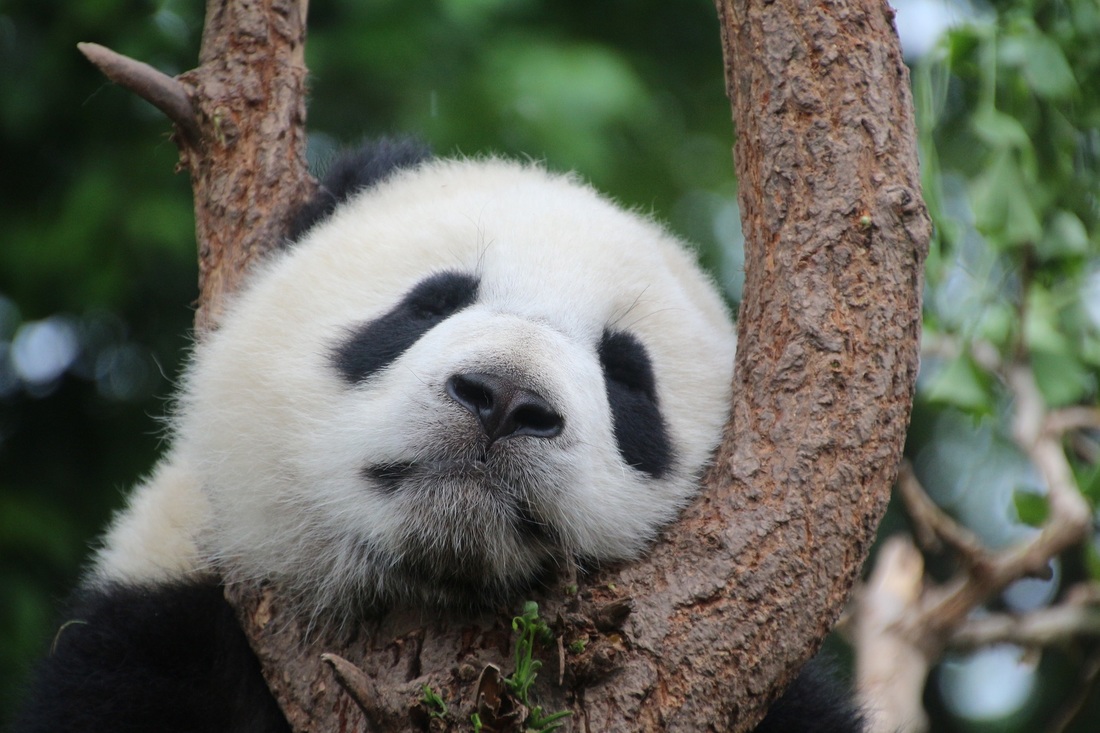
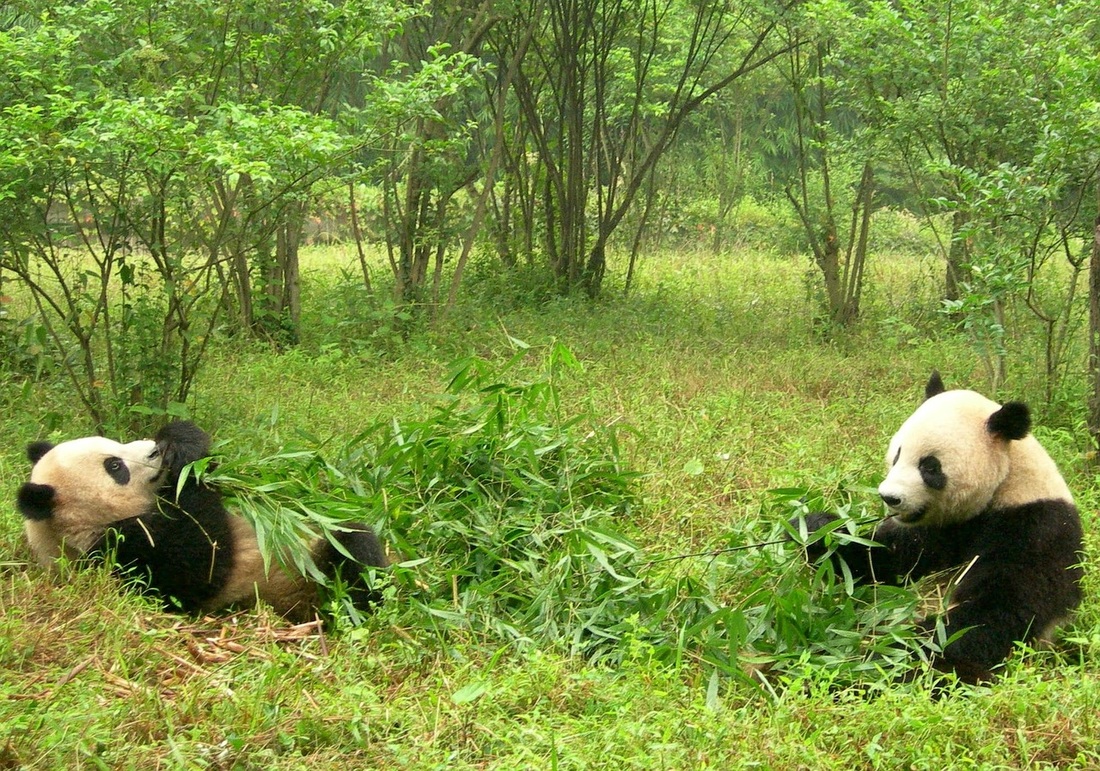
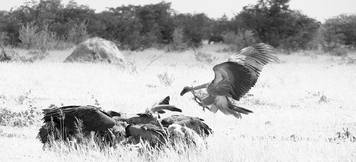
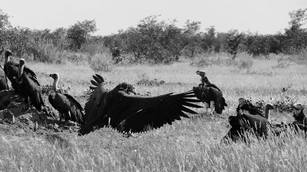
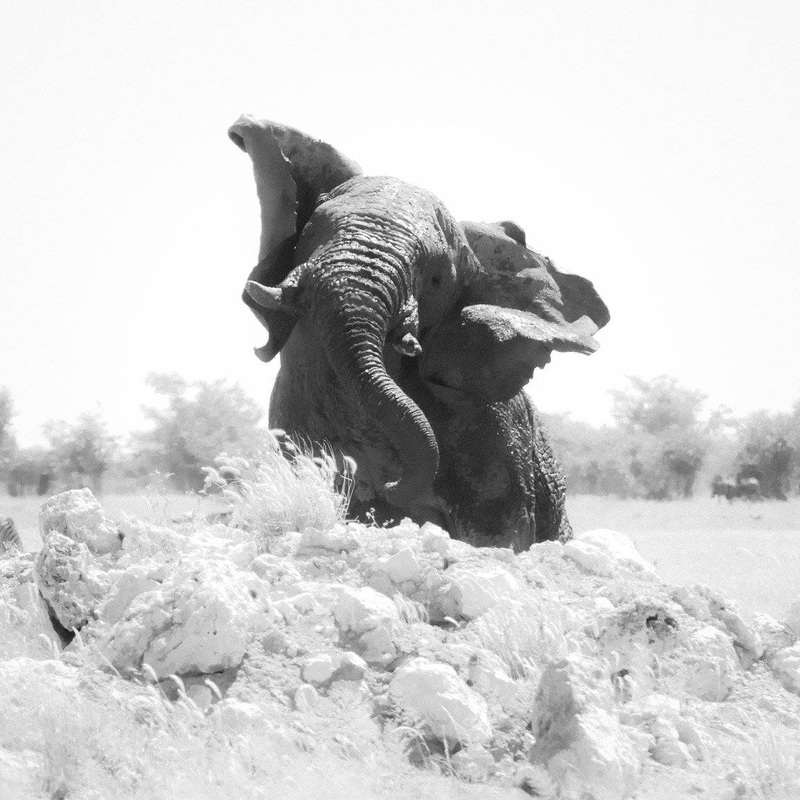
 RSS Feed
RSS Feed
